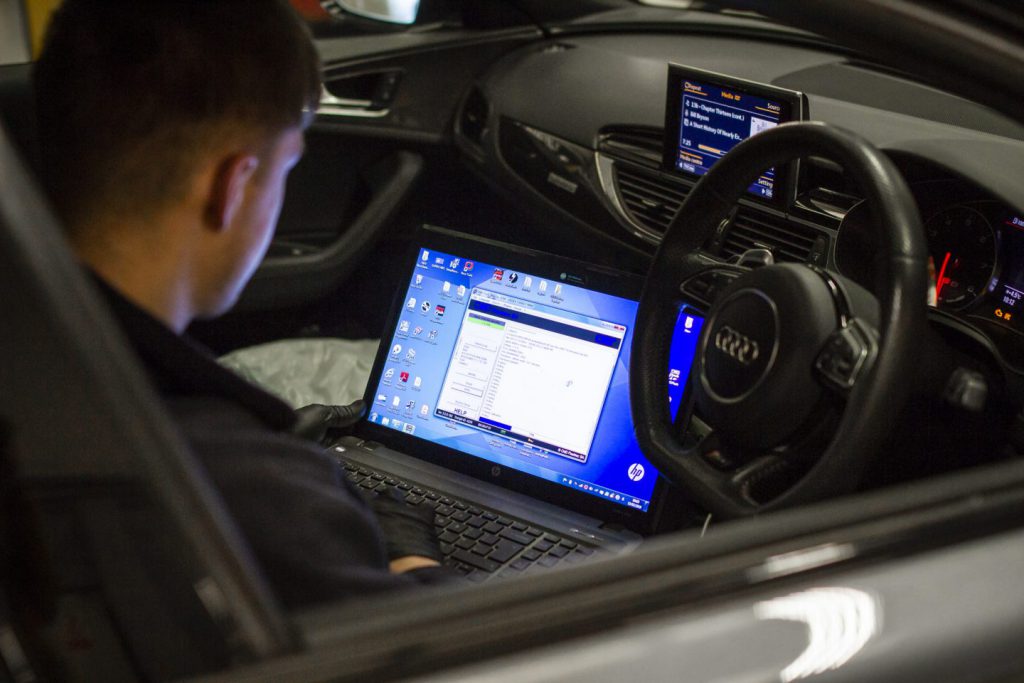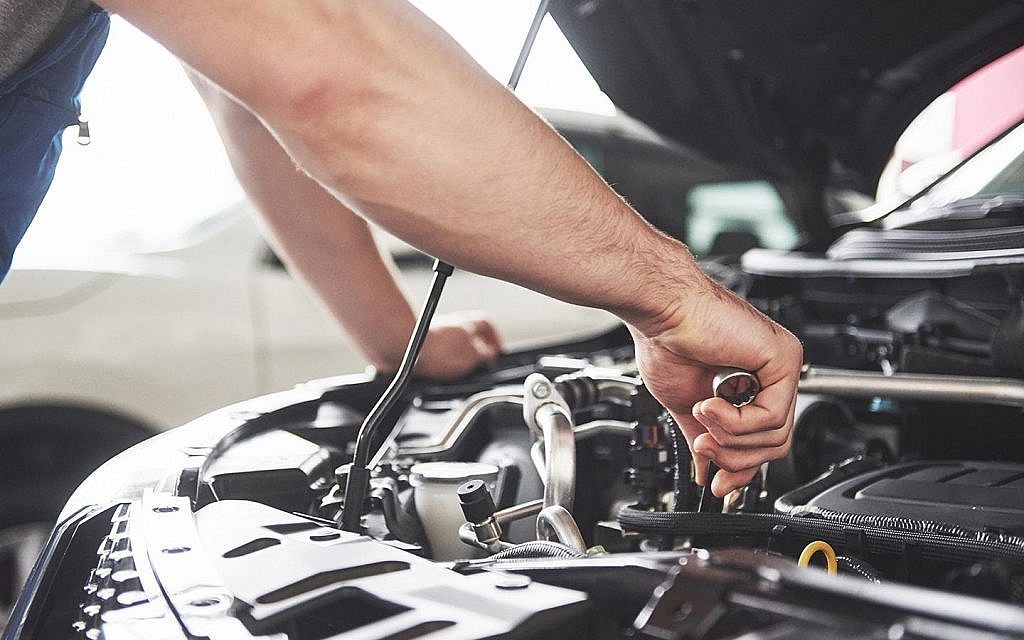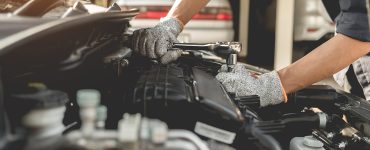DIY Car Tuning Tips – Optimizing Your Vehicle’s Performance
With the right tools and learning, optimizing your car’s performance through DIY electronic tuning has become an attainable reality for many enthusiasts. While historically tuning required professional dyno time, today’s programming adapters and software allow adjusting your engine right from your garage. This opens exciting doors for customizing your ride.
However, in-depth knowledge and extreme care is mandatory before attempting to tune an engine yourself. Haphazard trial-and-error approaches can easily damage components or impair drivability when things like fueling and timing diverge from safe ranges.
This guide will cover proven tips for safely tuning your own car at home to achieve great results. We’ll look at essential tools, prudent tuning practices, and how to maximize your learning. While rewarding when done properly, never forget that engines remain intricate machines requiring meticulous adjustments for optimal performance.
The Core Concept of ECU Tuning

The engine control unit (ECU) is your vehicle’s computerized brain dictating operating parameters. By feeding inputs like air temperature and oxygen levels from an array of sensors, it constantly adjusts aspects like:
- Fuel injector pulse width
- Spark timing and dwell
- Throttle position mapping
- Supercharger or turbo boost
- Transmission shift firmness and points
Reprogramming these calculations allows matching performance precisely to your goals, whether optimizing for power, efficiency, or drivability. Custom tuning your ECU transforms vehicles.
Must-Have Tools for DIY Tuning
While the range of helpful tools is vast, these are absolutely mandatory for tuning safely at home:
OBD2 ECU Programming Adapter
This adapter connects your laptop to the OBDII port, allowing two-way communication for programming changes. Look for an adapter compatible with your chosen tuning software. Leading options include models from Tactrix and ELM Electronics.
PC or Laptop
A sufficiently powerful Windows laptop is required for running tuning software smoothly. 8GB of RAM and a multi-core processor prevents slowdowns. The laptop should also have USB ports for tool connections.
Performance Tuning Software

Specialized software does the heavy lifting, allowing customizing all the maps and parameters. Leading packages include HP Tuners, EFILive, Hondata, and Cobb Tuning. There are also apps for Android tuners.
Diagnostic Tools
For monitoring engine sensors in real time as you tune, Bluetooth OBD2 diagnostic dongles and apps are extremely helpful. They read detailed parameter data not available through tuning programs. ScanTool OBDLink and DashCommand are excellent examples.
Boost Gauge
A pillar- or dash-mounted boost gauge allows closely monitoring charge pressure on forced induction cars to ensure your adjustments don’t overboost dangerously. Mechanical boost gauges are preferable.
Wideband Air/Fuel Gauge
A wideband oxygen sensor and gauge is mandatory to see actual air/fuel ratios when tuning. It provides peace of mind your changes aren’t dangerously leaning out the engine. Leading choices come from AEM and Innovate Motorsports.
These tools provide the essential data feedback for tuning while preventing mishaps that damage components. Invest in quality equipment.
Intake and Exhaust Mods Require Retuning
When upgrading with parts like cold air intakes, high flow catalytic converters, and free-flowing exhausts, it’s absolutely mandatory to re-tune for these airflow changes to avoid problems.
Without compensating for the greater airflow, you risk dangerously lean conditions and certain detonation. The ECU must add corresponding fuel for hardware changes. Only tune incrementally and watch your air/fuel ratio gauge like a hawk. The wideband O2 sensor won’t lie!
Getting Help from Experts
While the DIY tuning process provides great satisfaction, don’t be afraid to lean on experts. Having an experienced tuner review your changes or help overcome hurdles can save your engine. Resources include:
Online Forums – You can find a wealth of collective experience documented in forums like HP Tuners’ Forums and EFILive’s Community. Search thoroughly before asking questions.
Remote Tuning Consultants – Some pro tuners like LT1 Swap Doctor offer remote advisory services to review your data logs and strategies. This expertise is invaluable.
Local Tuning Shops – Don’t hesitate to book time with a performance shop specializing in your particular engine if you reach the limits of DIY tuning. Their equipment and skills can safely achieve further gains.
Think of the above resources as your tuning safety net. Knowing when to seek their guidance prevents potentially disastrous mishaps.
Beginning with Caution is Mandatory

Patience and conservatism should dominate when first tuning a stock ECU yourself. Proceed incrementally with these best practices:
- Start with Mild Optimization – Make minimal changes to factory settings at first focused solely on smoothing out glitches. This allows learning the software nuances safely.
- Focus on Drivability – Initially aim for maximizing smoothness and drivability before chasing peak dyno figures. Especially important for daily drivers.
- Monitor AFR and Knock – Keep your wideband O2 gauge and knock count front and center when tuning. These warn of impending peril before damage.
- Take Notes – Log every change made and the resulting impact on key parameters. This prevents getting lost later.
- Stay Within Limits – Respect sensor warning thresholds like excess knock counts signaling detonation. Abort tuning sessions if issues arise.
With experience and confidence comes latitude to start optimizing for performance. But rush the process and you risk a very bad day. Patience and discipline yield excellent long-term results.
Dyno Tuning Best Practices
Access to an engine [dynamometer] provides a controlled environment perfect for fine tuning. Follow these tips:
- Make Changes Gradually – Alter only one or two parameters at a time in small increments. This isolates their impact.
- Note Exact Adjustments – Log every change and the resulting performance effect, AFR, and knock readings. Precision matters.
- Watch Temperatures – Abnormally high intake, coolant, or oil temps signal conditions too detrimental for engine health. Abort the session.
- Fix Deviations Immediately – If knock counts spike or AFRs drift from target, stop and return to previous safe settings.
- Consistency is Key – Avoid altering too many variables in one session. Changing multiple maps together muddles the data.
- Know When to Stop – Try to end sessions on a positive note with reliable power gains achieved safely. Don’t attempt to do it all in one session.
Dyno tuning demands immense diligence and care. Don’t rush the process trying to set record figures quickly. Safely optimizing horsepower requires an incremental marathon, not a sprint.
Additional DIY-Friendly Upgrades
Beyond just ECU changes, additional common DIY-friendly modifications include:
Bluetooth Head Units
Replacing dated factory radio systems with touchscreen bluetooth head units brings modern convenience. They integrate seamlessly into dash openings after harness adapters. Popular options come from Pioneer, Kenwood, and Sony.
Racing Seats
Unbolting heavy factory seats for slimmer racing seats trims weight while providing greater support. Brands like Sparco, OMP, and MOMO offer street-legal models. This is great weekend project.
Short Shift Kits
Short throw shifters sharply reduce shift throw distances for snappier manual gear changes. Models from MGW, Steeda, and Barton drop easily into many cars.
Lowering Springs
Lowering kits with shortened springs and shocks improve handling by reducing center of gravity. Brands like Eibach, H&R, and Megan Racing offer street and track springs.
Sway Bars
Upgraded thicker sway bars reduce body roll for flatter cornering. Add front and rear bars from Whiteline, Neuspeed, and Hotchkis.
Big Brake Kits
Multi-piston calipers and larger rotors improve stopping power. Quality kits come from StopTech, Brembo, and Wilwood.
These DIY-friendly mods complement your ECU tuning transformations.
Getting Help from Experts
While the DIY tuning process provides great satisfaction, don’t be afraid to lean on experts. Having an experienced tuner review your changes or help overcome hurdles can save your engine. Resources include:
Online Forums – You can find a wealth of collective experience documented in forums like HP Tuners’ Forums and EFILive’s Community. Search thoroughly before asking questions.
Remote Tuning Consultants – Some pro tuners like LT1 Swap Doctor offer remote advisory services to review your data logs and strategies. This expertise is invaluable.
Local Tuning Shops – Don’t hesitate to book time with a performance shop specializing in your particular engine if you reach the limits of DIY tuning. Their equipment and skills can safely achieve further gains.
Think of the above resources as your tuning safety net. Knowing when to seek their guidance prevents potentially disastrous mishaps.
Concluding Thoughts
With the right tools and diligent incremental optimization, DIY ECU tuning can customize your vehicle’s performance to match your exact desires. But never forget engines remain complex machines requiring meticulous care when altering their parameters.
Research your ECU software thoroughly before attempting changes. Work slowly and cautiously, logging adjustments and sensor data closely. Seek help from experts when challenges arise. While rewarding when done properly, unskilled tuning attempts risk severe and expensive damage.
Approached prudently with patience and discipline, today’s home tuning tools empower limited optimization by dedicated enthusiasts who know their vehicles intimately. Just ensure knowledge exceeds ambition, not the opposite.





Great web site you’ve got here.. It’s hard to find high quality writing like yours nowadays.
I seriously appreciate individuals like you!
Take care!!
[…] Brake Performance Tips […]
[…] the gearheads eager to tweak and tune, dive into the art of DIY car tuning for hands-on tips and tricks. Because at the end of the day, it’s not just about the […]